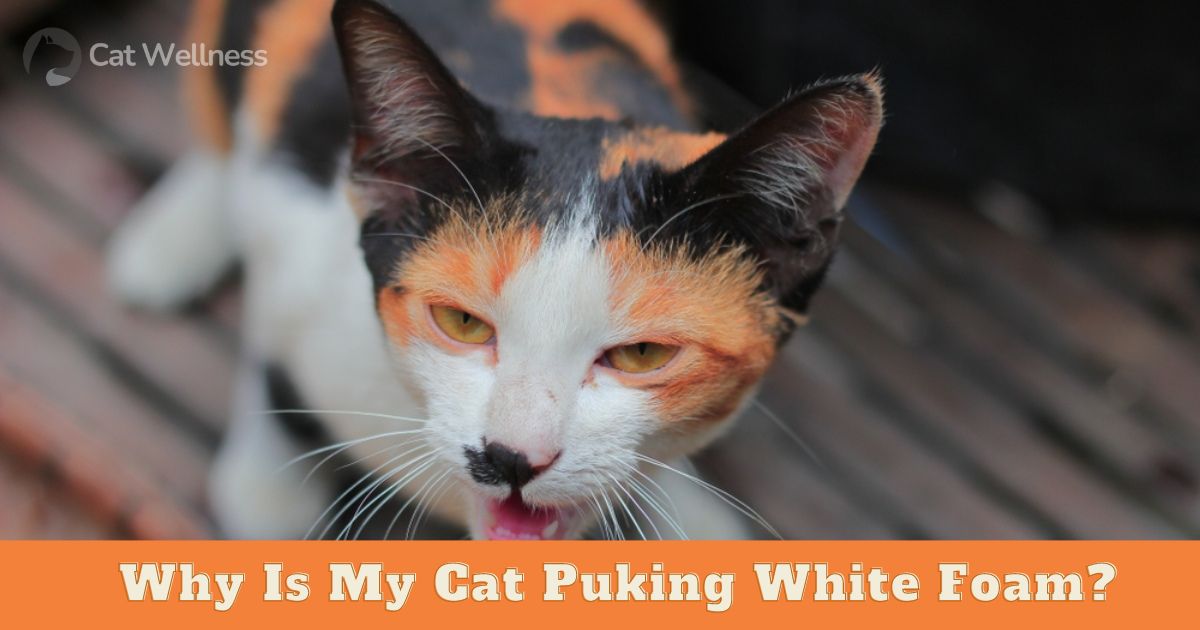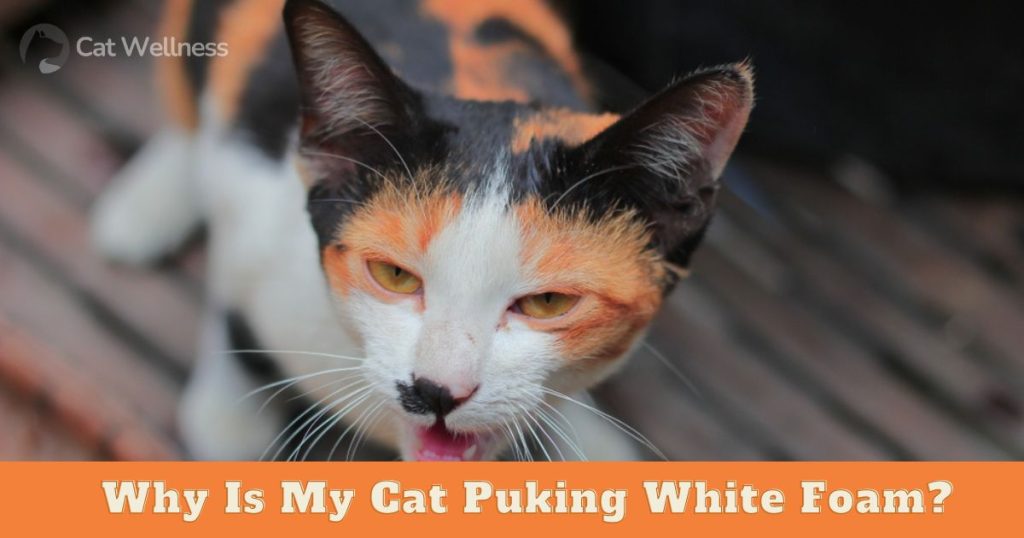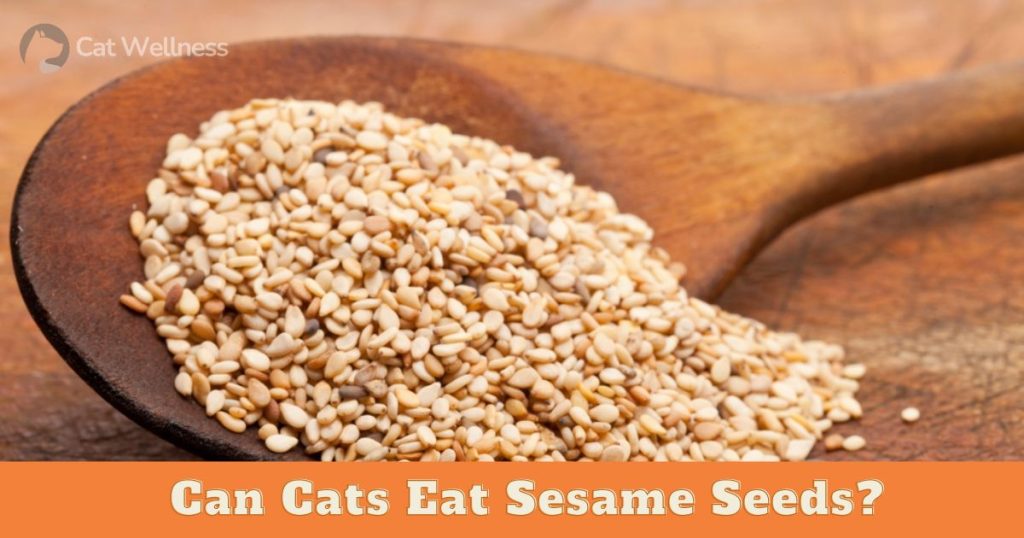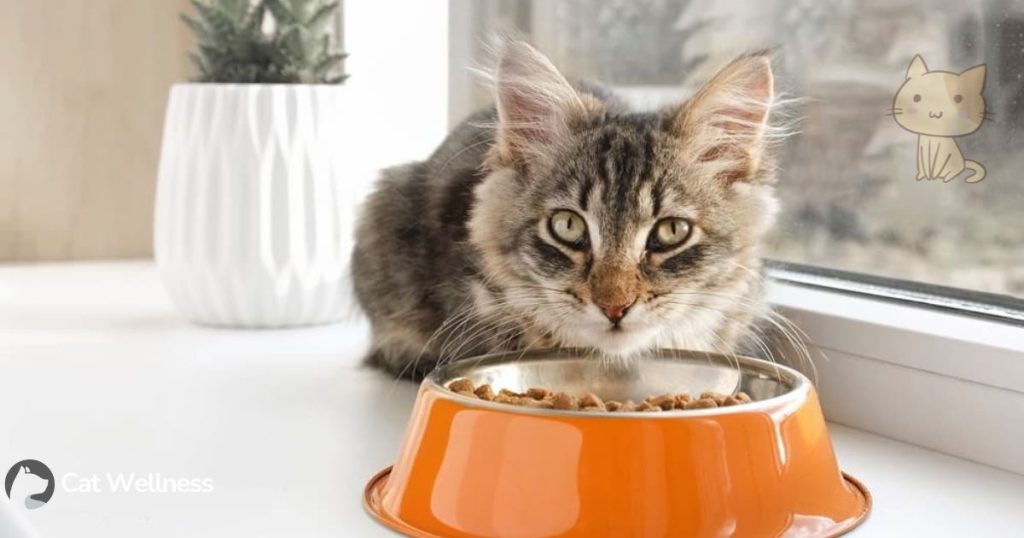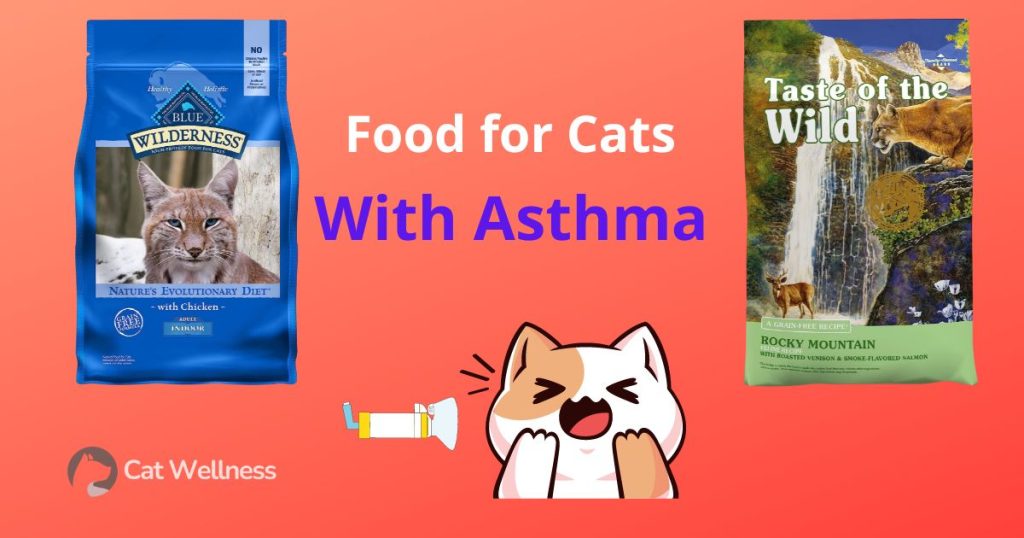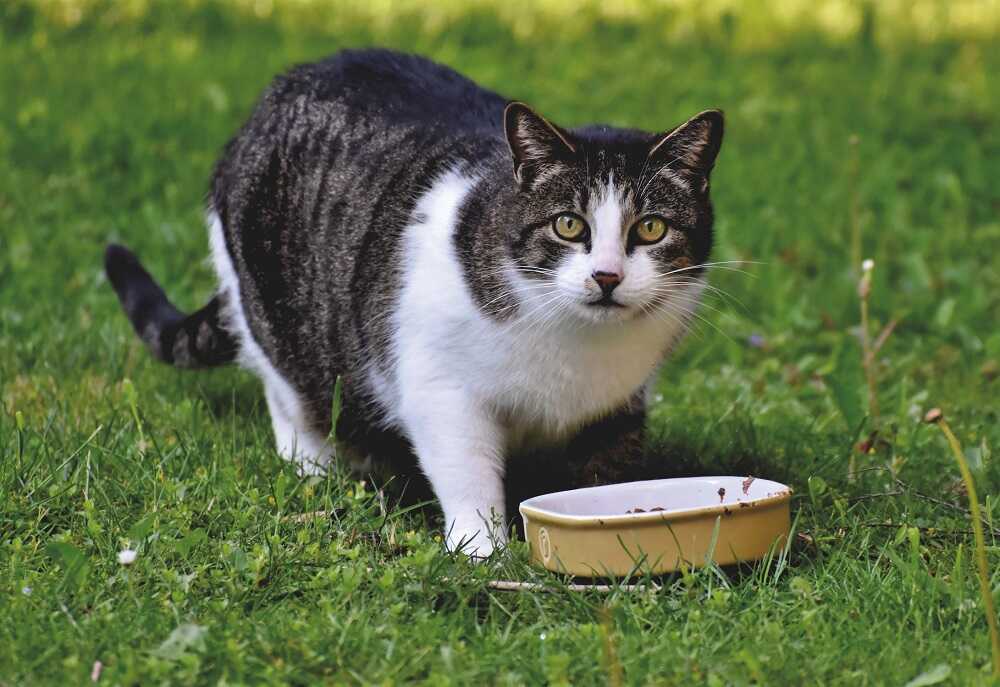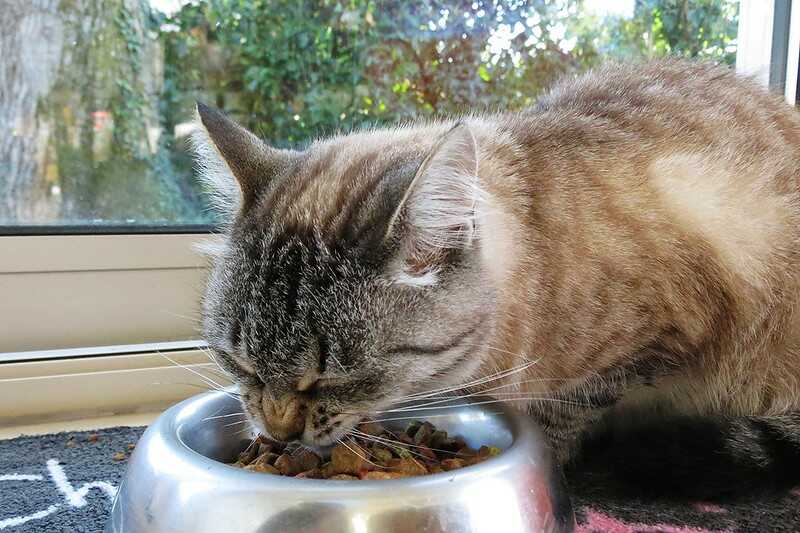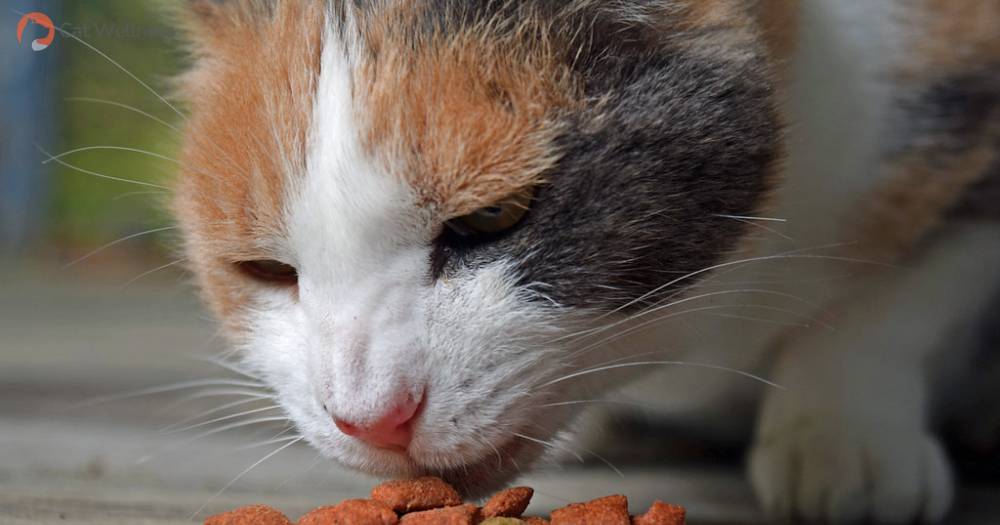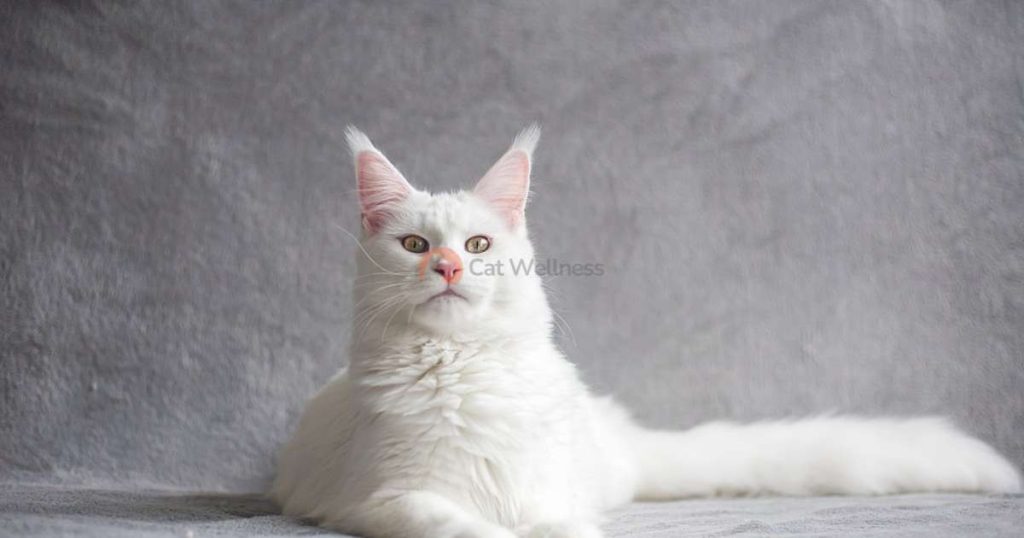The noise that makes every cat owner uneasy is when their cat starts gagging and appears to be about to vomit. This can involve either the regurgitation of food or the expulsion of a hairball. But when your cat is throwing up white foam, it raises questions about why is my cat puking white foam?
Cat Wellness contacted a veterinarian to gain insight into what white, foamy vomit indicates and when it’s an urgent reason to visit the vet. Let’s explore this further!
Why Is My Cat Puking White Foam?
Fortunately, if your cat occasionally regurgitates white foam, it is usually not a cause for alarm. According to Dr. Callie Harris, a veterinarian associated with Purina, vomiting in cats can have various causes and doesn’t always indicate an underlying illness. For instance, vomiting white foam might occur when they eat too quickly, expel a hairball from self-grooming, or engage in activity on an empty stomach.
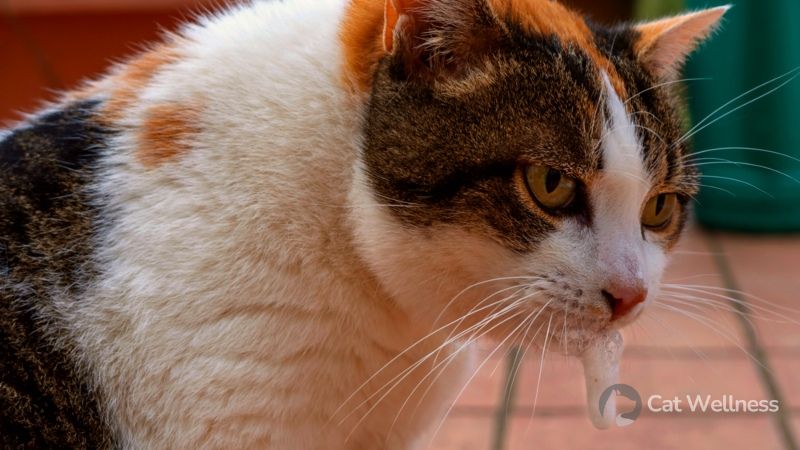
For details, here is the other detailed reasons you can consider:
When Your Cat Consumes Problematic Food
Your feline friend might ingest something that doesn’t sit well with her. It’s not uncommon for your cat to regurgitate recently consumed food. This could be due to her inability to tolerate the low-quality processed meats in her cat food or an allergic reaction to specific ingredients.
Even the choice between dry and wet food can play a role. To identify the culprit, investigate the particular brand of cat food or treats causing the issue. If it’s her first encounter with a new item, introduce it in small amounts. If there’s no vomiting, gradually increase the portion next time.
Related Post: What Do Cats Taste Like?
Cats Eating Too Quickly
Cats can get overly enthusiastic during mealtime, often devouring their food within seconds. This haste can lead to post-meal vomiting, especially if your cat immediately engages in playful activities. If this has occurred before, it’s wise to restrict her movement and playtime after eating.
You might also consider feeding her smaller, more frequent meals. Additionally, non-conventional cat feeders, such as maze-shaped bowls or automatic feeders designed to slow down eating, can be helpful.
Alternatively, spread her food on a tray and introduce physical, non-edible obstacles like ping pong or golf balls. This encourages her to take her time with each bite.
Lorde Slow Feeder Cat Bowls
If Your Kitty Misses a Meal
Adult cats are typically fed once or twice daily, with recommended daily calorie intake ranging from 24 to 35 calories per pound to maintain a healthy weight. Forgetting to feed your cat or her missing a meal can result in vomiting white foam. This is often the body’s way of expelling built-up gastric juices, acid, and bile.
When Your Cat’s Digestive System Is Upset
An upset stomach can lead to your cat vomiting white foam. Common culprits include foreign objects like strings, rubber bands, ribbons, hairballs, or toxic substances. Conditions like gastritis (inflammation of the stomach lining) and inflammatory bowel disease (inflammation of the gastrointestinal tract) can also trigger this reaction.
Potential Organ-Related Issues
Apart from stomach-related problems, your cat might experience issues with other organs like the pancreas, kidneys, or liver. Conditions such as pancreatitis, which affects kittens and results in inadequate enzyme production, can lead to vomiting, diarrhea, and coat thinning.
Diabetes, hepatic insufficiency, and hyperthyroidism are other diseases that may cause vomiting in cats. For senior cats, chronic kidney disease, hyperthyroidism, cancer, and renal failure could be underlying causes of chronic vomiting.
When to Consult a Veterinarian
If your cat is consistently vomiting white foam, it could indicate a more serious underlying problem. Various conditions such as gastritis, irritable bowel syndrome (IBS), intestinal blockage, pancreatitis, diabetes, kidney and liver disease, hyperthyroidism, and parasites could be responsible for your cat’s white foam vomiting. Food allergies or ingestion of harmful substances may also be contributing factors.
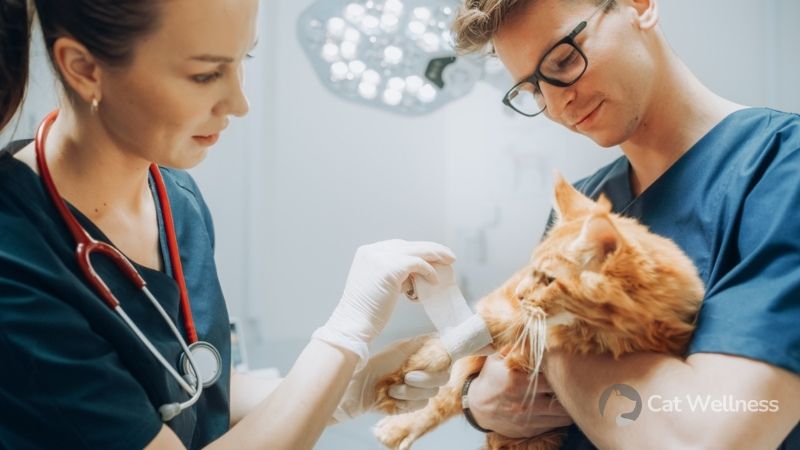
Pay close attention to any additional symptoms accompanying your cat’s white foam vomiting. If your cat also displays signs of lethargy, diarrhea, or refusal to eat or drink, it’s crucial to contact your veterinarian immediately.
According to Dr. Harris, it’s advisable to consult your vet whenever your cat is vomiting, as there may be an underlying issue that needs to be ruled out.
Can Vomiting Be Managed at Home?
No, neither occasional nor chronic vomiting can be effectively treated with over-the-counter medications. Depending on the diagnosis, your veterinarian may provide anti-nausea medication or prescribe special food for your cat.
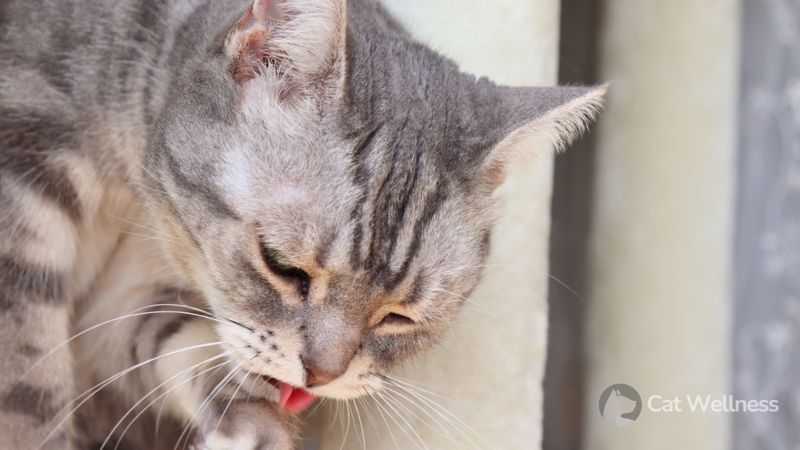
Here is the things to consider:
Enhancing Your Cat’s Dining Routine
When your feline friend experiences sporadic bouts of white foam vomiting, there’s a simple at-home remedy to consider.
If your cat has only vomited a few times but seems otherwise healthy, it may be a matter of adjusting their feeding regimen. While keeping food out all day is one option, it can lead to undesirable weight gain. Instead, opt for the practice of offering your cat multiple smaller meals, which is more aligned with their natural eating habits.
Yet, maintaining this schedule can be challenging, especially if you have a busy lifestyle, are frequently away from home, or are resting. In such instances, an automated pet feeder can be a valuable tool. It allows your cat to partake in multiple smaller meals, even overnight or when you’re not present.
Exploring Dietary Alternatives
The role of nutrition in cat health is paramount. If your cat has been vomiting white foam, it might be due to an adverse reaction to specific ingredients in their food. In such cases, transitioning to a different diet could alleviate the issue.
Wet cat food stands out as an excellent choice. It often boasts higher protein content and lower carbohydrate levels when compared to dry kibble, aligning more closely with a cat’s nutritional requirements. Moreover, wet cat foods generally contain higher moisture content and fewer, if any, artificial preservatives.
For a gentle start, you can introduce an easily digestible option such as Royal Canin Feline Care Nutrition Digest Sensitive. Once your cat’s vomiting ceases, gradually reintroduce their regular food by incorporating increasing portions of their usual diet while reducing the easily digestible food.
Related Post: Why Does My Cat Put His Paw on My Mouth?
Tackling Hairball Troubles
Feline furballs can be a common catalyst for episodes of white foam vomiting in cats. Dislodging these hairballs may necessitate multiple attempts, during which your cat might regurgitate white foam. To mitigate this issue, various hairball remedies are available in the market.
Veterinarians frequently advocate for the use of Laxatone, a flavored hairball control gel. It’s important to refrain from administering substances like mineral oil, butter, lard, grease, or vegetable oils as home remedies for hairballs. At best, these alternatives prove ineffective; at worst, they could result in significant harm to your cat’s health.
FAQs
Are there serious medical conditions that could cause white foam vomiting in cats?
Yes, serious conditions like gastritis, pancreatitis, kidney disease, or intestinal blockages can cause white foam vomiting. If it continues or worsens, consult a vet for a proper diagnosis.
How can I treat my cat’s occasional white foam vomiting at home?
If your cat has an isolated episode of white foam vomiting and appears otherwise healthy, you can withhold food for 12-24 hours, then reintroduce a bland diet (e.g., boiled chicken and rice) in small portions. If it persists, consult your vet.
Can stress or anxiety cause a cat to vomit white foam?
Yes, stress or anxiety can lead to stomach upset in cats, potentially causing vomiting. Try to identify and address the stressors in your cat’s environment, and consult your vet for guidance if needed.
Should I be worried if my kitten is vomiting white foam?
Vomiting in kittens can be more concerning because they are more vulnerable. If a kitten is vomiting white foam, it’s important to consult a veterinarian promptly to rule out serious issues.
What should I expect during a vet visit for my cat’s white foam vomiting?
Your vet will likely perform a physical exam, ask about your cat’s history, and may recommend diagnostic tests like blood work, X-rays, or an ultrasound to determine the cause of the vomiting.
Conclusion
In conclusion, if you’ve ever wondered, “Why is my cat puking white foam?” it’s important to remember that there can be various reasons behind this behavior. While occasional episodes of vomiting white foam may not be a cause for immediate concern, it’s essential to monitor your cat’s health closely and consult with a veterinarian if the issue persists or is accompanied by other concerning symptoms.
Recommended Reading

